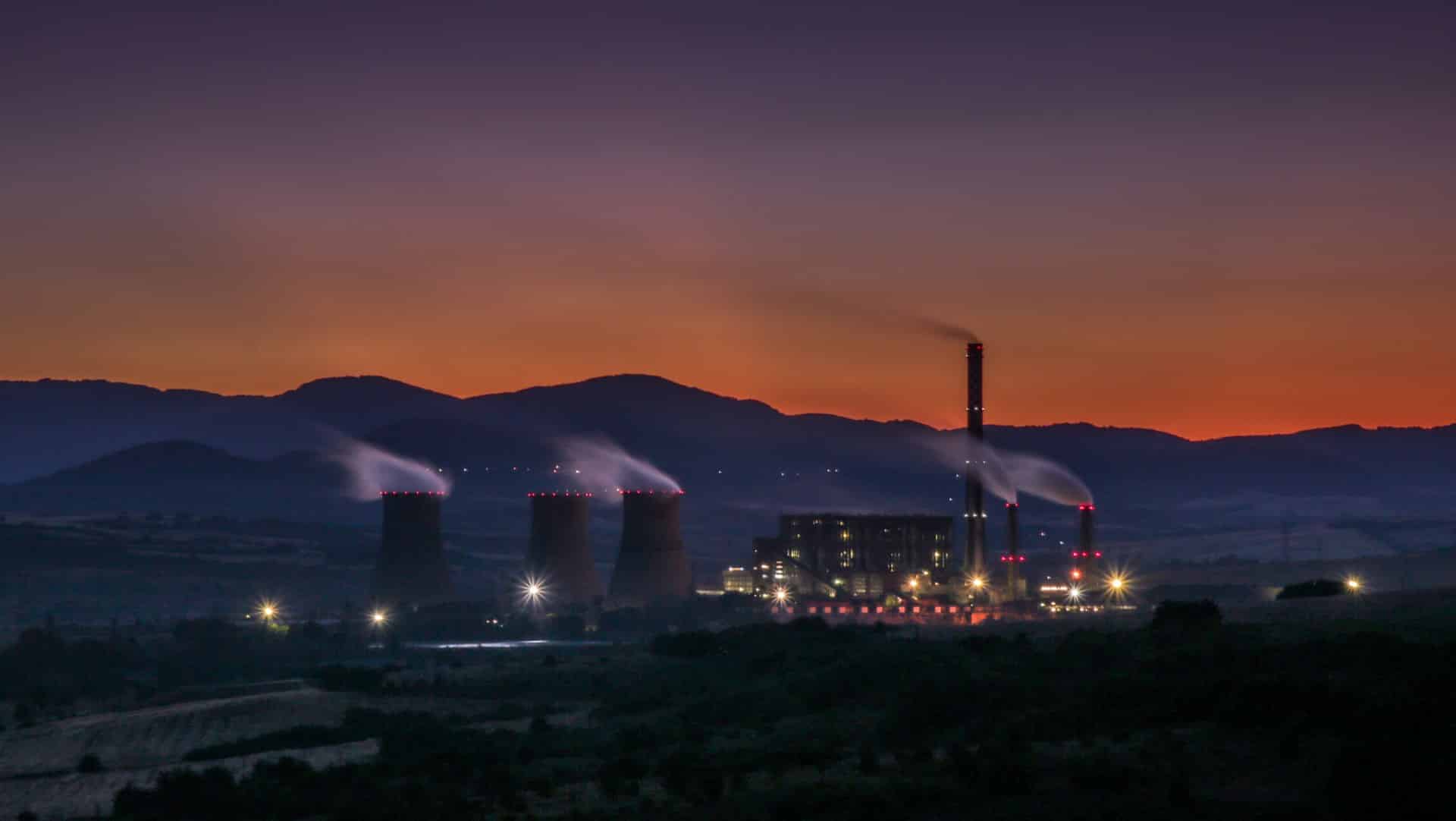U.S. Geothermal Production Could See Twenty-Fold Growth With Next Generation Technologies: DOE Report

The U.S. Energy Department issued a report on March 18 discussing the potential role of next generation geothermal technologies in the clean energy transition. The report, titled “Pathways to Commercial Liftoff: Next-Generation Geothermal Power,” is the latest in a series of reports assessing how the U.S. can decarbonize by 2050. The report complements the objectives of the department’s Enhanced Geothermal Shot, a key component of the Energy Earthshots Initiative, which seeks to cut the cost of geothermal energy by 90 percent by 2035.
Emphasizing the importance of public-private partnerships, the report highlights the need to reduce costs for wider access to clean, reliable power nationwide, projecting a twenty-fold increase in geothermal energy production to 90 gigawatts or more by 2050. This significant announcement comes on the heels of the department’s recent funding opportunity announcement to support enhanced geothermal systems pursuant to the 2021 Infrastructure Investment and Jobs Act. Further, the 2022 Inflation Reduction Act provides incentives for geothermal electricity development.
The report highlights several key findings regarding next-generation geothermal power:
- Geothermal power could increase over twenty-fold by 2050, with the use of next generation technologies, providing 90 GW of clean energy.
- The oil and gas workforce could transition to utilize their skills and contribute to advancing geothermal technology.
- Next-generation geothermal benefits from existing technology, supply chain, workforce, and infrastructure, thereby enabling rapid scalability.
- Advanced technology can tap into widespread hot rock formations, making geothermal energy accessible nationwide.
- Competitive pricing models could make geothermal power as cost-effective as other energy sources.
Enhanced geothermal systems technologies, located deep underground, present challenges that the Enhanced Geothermal Shot seeks to overcome through accelerated research, development, and demonstrations. Achieving these goals aligns with President Biden’s targets for carbon-free electricity by 2035 and net-zero emissions by 2050, ultimately facilitating the transition to clean energy nationwide.
Other reports in the liftoff series include advanced nuclear, carbon management, clean hydrogen, long-duration energy storage, industrial decarbonization, and virtual power plants.
EnerKnol Pulses like this one are powered by the EnerKnol Platform—the first comprehensive database for real-time energy policy tracking. Sign up for a free trial below for access to key regulatory data and deep industry insights across the energy spectrum.
ACCESS FREE TRIAL